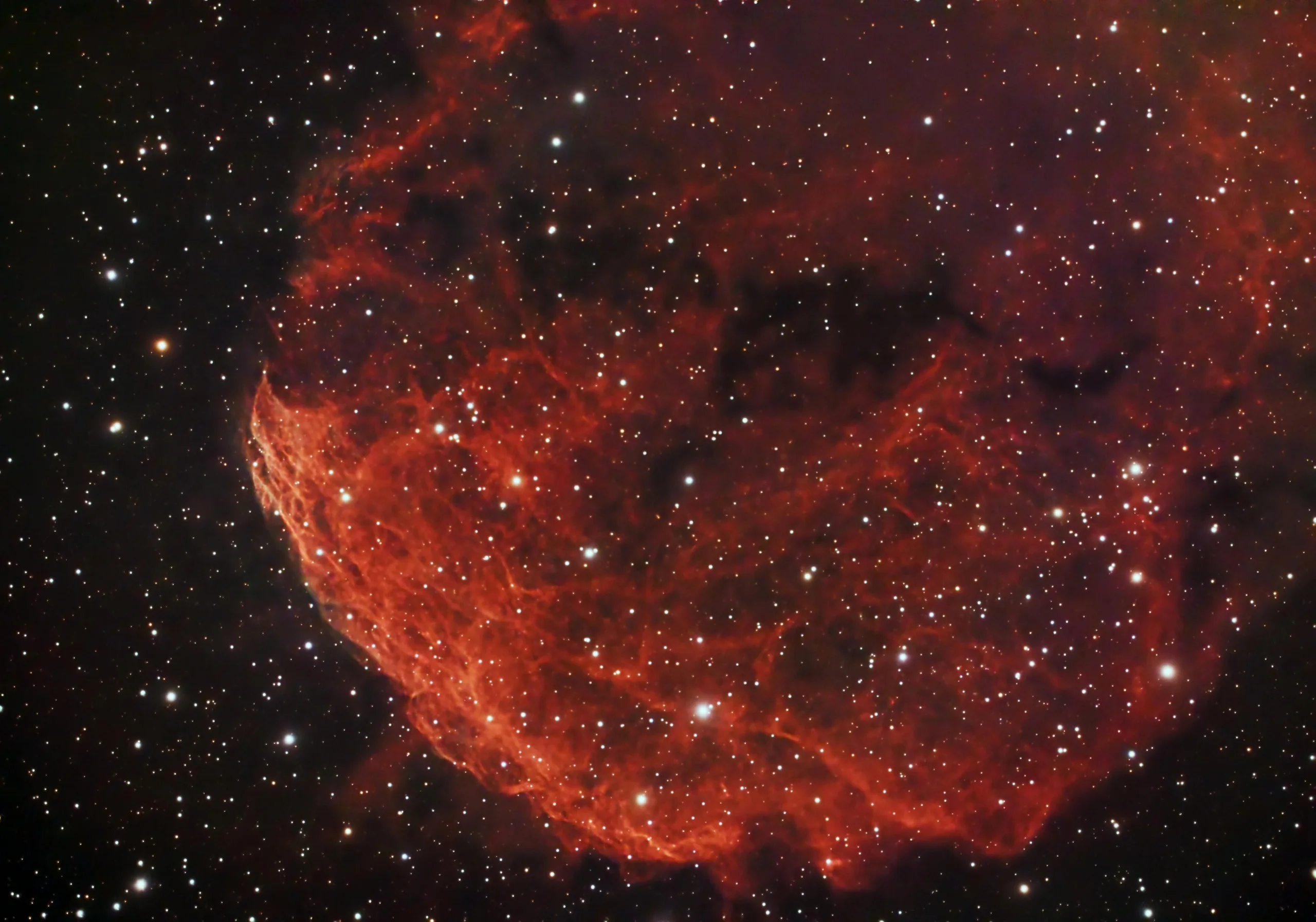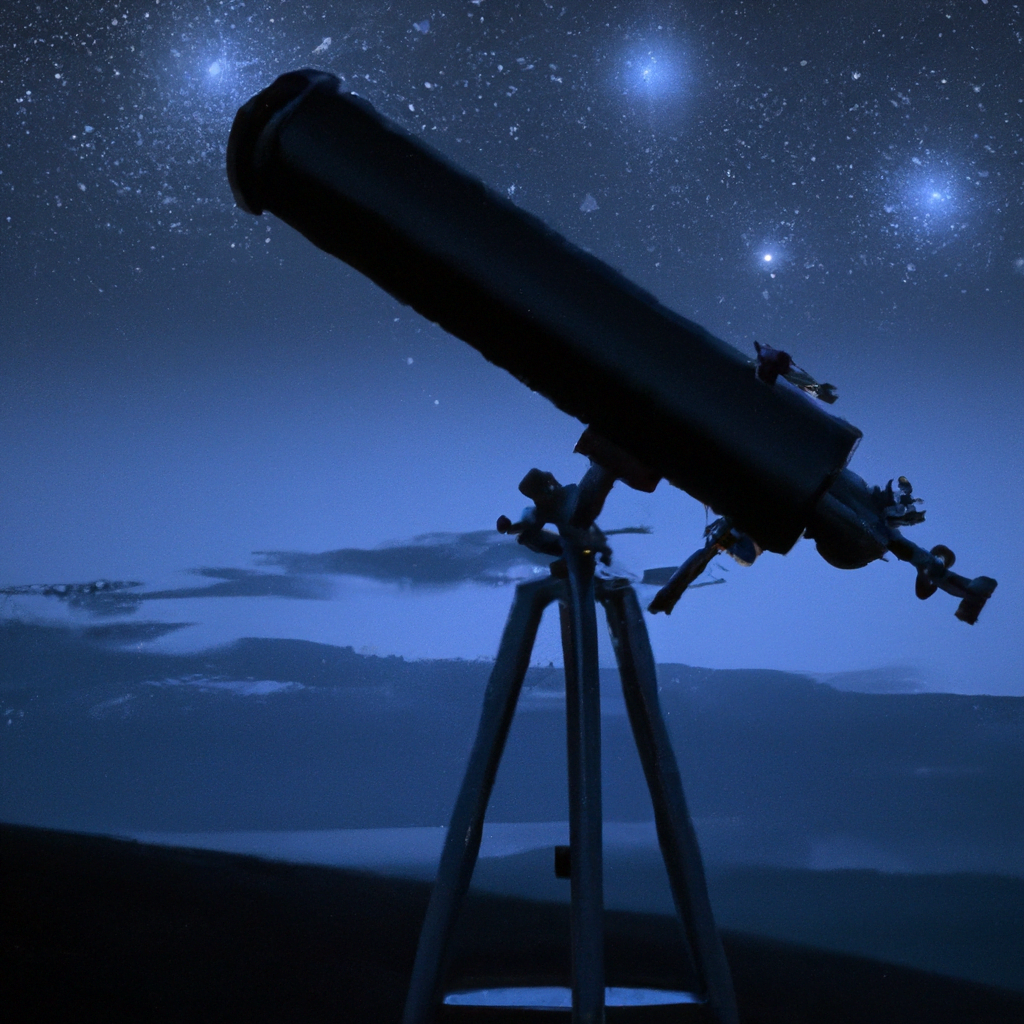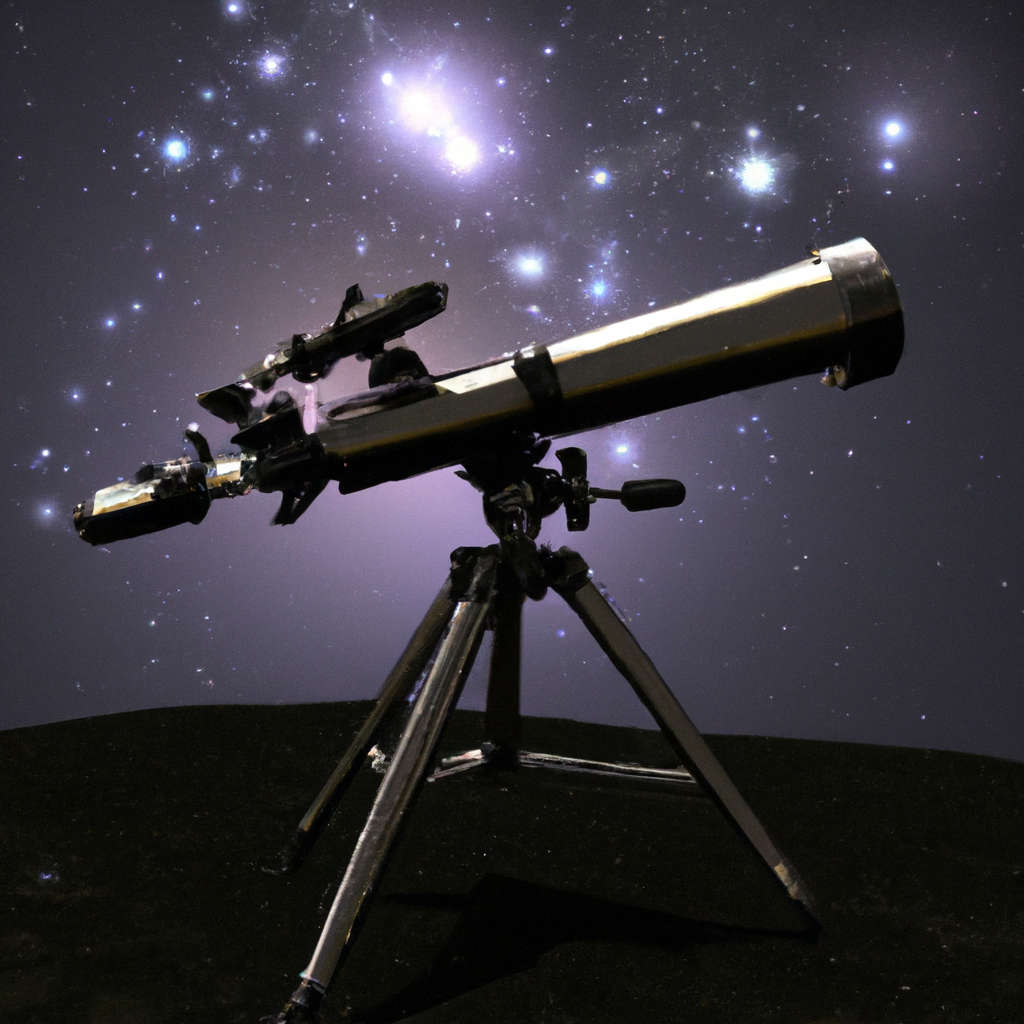Have you ever wondered about the importance of a telescope’s focal ratio in observations? A telescope’s focal ratio, often referred to as the f-number, is a crucial factor that determines the amount of light captured and the clarity of images produced. In simple terms, it measures the speed at which the telescope collects light. By understanding the significance of the telescope’s focal ratio, you can gain a deeper appreciation for how it influences the quality of observations and the celestial wonders we can explore.
Table of Contents
The Telescope’s Focal Ratio
Definition of Focal Ratio
The focal ratio of a telescope, also known as the f-number or f-stop, is a crucial specification that determines the light gathering ability and image quality of the instrument. It is defined as the ratio of the telescope’s focal length to its aperture diameter. The focal ratio directly affects several aspects of observations, including image brightness, image scale, depth of field, and gathering power.
Influence of Focal Ratio on Observations
The focal ratio of a telescope plays a significant role in determining the overall observing experience. It dictates how much light the telescope can gather, thereby impacting the brightness of the observed images. Additionally, it influences the level of detail and sharpness visible in the images, as well as how well the telescope can capture objects with different sizes and distances. Understanding the implications of different focal ratios allows astronomers to choose the right instrument for specific observation goals.

Aperture and Focal Length
To comprehend the focal ratio fully, it is essential to understand its components – the aperture and the focal length. The aperture refers to the diameter of the telescope’s primary lens or mirror, while the focal length indicates the distance from the primary lens or mirror to the point where the light converges to form an image. Both the aperture and focal length significantly affect the telescope’s focal ratio.
Understanding f/#
The focal ratio is often expressed using the symbol f/#, where f represents the focal length, and # represents the aperture diameter. For example, an f/10 telescope has a focal length ten times longer than its aperture diameter. This notation helps astronomers compare and choose telescopes, as it provides a standardized way to express the focal ratio.

1. Gathering Power
The gathering power of a telescope refers to its ability to collect light from distant objects. It directly correlates with the aperture diameter. A larger aperture allows more light to enter the telescope, enhancing its gathering power. A higher focal ratio, therefore, leads to a greater ability to gather light, making it ideal for observing faint celestial objects, such as nebulae or distant galaxies.
2. Image Brightness
The focal ratio also impacts image brightness. Similarly to the gathering power, a larger aperture provides a brighter image due to the increased amount of light captured. However, the focal length influences this aspect as well. Telescopes with longer focal lengths tend to have dimmer images, as the same amount of light is spread over a larger area. Consequently, shorter focal ratios are preferable for general-purpose observing, offering brighter images without compromising on gathering power.

3. Depth of Field
The depth of field refers to the range of distances within which objects appear in focus. It is influenced by both the focal ratio and the aperture diameter. Telescopes with higher focal ratios have a shallower depth of field, meaning that objects at different distances may appear significantly less focused as the observer moves away from the optimum focal point. On the other hand, telescopes with lower focal ratios offer a larger depth of field, allowing objects at varying distances to remain relatively sharp.
4. Image Scale
The image scale refers to the degree of magnification and the size of the objects as they appear in the telescope’s field of view. The focal ratio plays a vital role in determining the image scale. Higher focal ratios provide a larger image scale, allowing for greater magnification and a more detailed view of the object being observed. Conversely, lower focal ratios offer a smaller image scale, which is beneficial for capturing wider areas of the sky or larger objects.

Different Types of Focal Ratios
Telescopes come in various focal ratios, each suited for specific astronomical observations. Low focal ratios, such as f/4 or f/5, are commonly found in wide-field telescopes used for astrophotography or observing large celestial objects, like galaxies or star clusters. Medium focal ratios, around f/8 or f/10, are often preferred for general observing purposes, offering a balance between image brightness and detail. High focal ratios, such as f/15 or f/20, are primarily utilized for planetary observations, ensuring high levels of magnification and image scale.
Choosing the Right Focal Ratio for Different Observations
When selecting a telescope, understanding the desired observations is essential to determine the appropriate focal ratio. If your focus lies in capturing wide-field celestial images, a lower focal ratio would be more suitable, allowing for brighter and wider views. For those interested in planetary observations, a higher focal ratio telescope would provide the necessary magnification and detail. However, keep in mind that versatility is also a factor to consider. Medium focal ratios often strike a balance between different observation purposes, offering satisfactory image brightness and satisfactory levels of detail for a wide range of celestial objects.
In conclusion, the focal ratio of a telescope is a fundamental aspect that influences many aspects of observations. It affects the telescope’s light gathering power, image brightness, depth of field, and image scale. By understanding the implications of different focal ratios, astronomers can make informed decisions when selecting the appropriate telescope for their specific observation goals. So next time you embark on a stargazing adventure, consider the focal ratio of your telescope to ensure the best possible observing experience.

